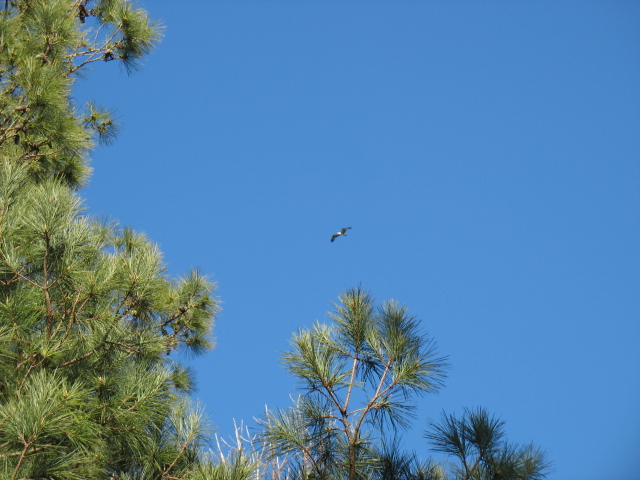Potatoes are fairly cheap to buy at the grocery store, so I have to think twice about planting them. One of my favorite bloggers saves her own
seed potatoes. My mother saves hers as well. I don't really have a good place to store potatoes for seed, so whenever I plant them (which hasn't been every year) I buy some seed potatoes at a local hardware or feed and seed store. I doubt they make any money on them.
This year, after I had bought some seed potatoes at the hardware store, I went to my favorite big box discount store. I was due a refund because a reduced bakery item had been rung up as a reduced meat item. I was owed about the amount it had cost to buy the seed potatoes at the hardware store. It was a strange and long process to get the refund, but I felt so good when it was done I splurged and bought some 'Adirondack Blue' seed potatoes as well from the big box store. They were probably at least twice the cost per pound as the seed potatoes from the hardware store, but I really did want a more novel variety than I could find at the hardware store.
I thought I would plant the potatoes where I planted the butterbeans last year. I got a total of about 3 quarts all totaled of butterbeans. Potatoes need a lower pH than most other garden veggies, so they should do well there.
Relatively speaking there wasn't a lot of bed prep required. (I still worked up a sweat.) The weeds growing there were mostly cool-season annuals like speedwell, cudweed, and chickweed.
I mowed a few days ago, and yesterday I hoed and forked and planted.
After mowing and before hoeing--
After removing the weeds with a hoe and cultivating with a spading fork--
The cardboard mulch from last year is still in place. I will not add anything else to the paths this year.
I was tired after prepping the bed and would have waited till today to plant, but the possibility of rain was in the forecast last night and today, so I went ahead and planted last evening.
I'm looking forward to homegrown potatoes.













































